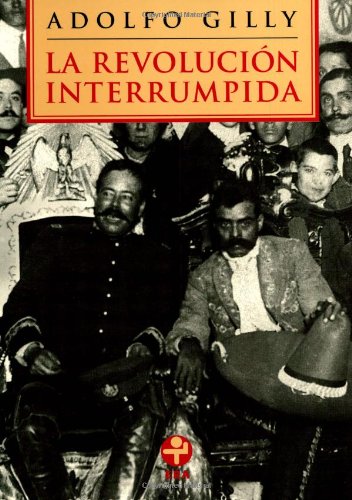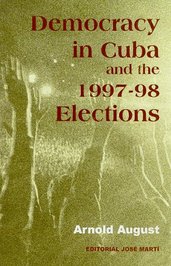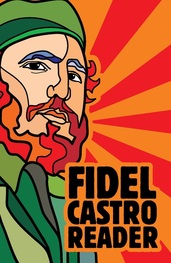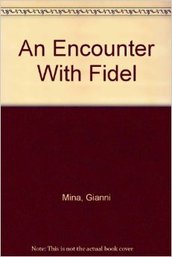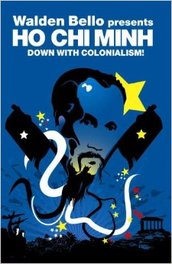I too am profoundly sad. Although I was not surprised by the death of Fidel, it has deeply affected my emotions.
Television interviews with citizens in the streets and commentaries by persons in positions of authority are full of expressions of sadness, but also of pledges of commitment to the principles taught to us by Fidel.
What are the teachings of Fidel? Fidel taught us that a just and democratic world is possible, a world in which the sovereignty and equality of all nations is respected, overcoming the colonial structures that are the foundation of the global capitalist economy.
He taught us that all persons, regardless of color, class or gender, possess the inalienable rights to education, health care, cultural formation, and political participation.
Fidel taught us that the state has an active and decisive role to play in the economic and social development of the nation.
He taught us that true revolutionaries are great patriots, but that revolutionary patriots also are guided by a spirit of internationalism and solidarity among all peoples, which can be the foundation of relations among nations.
Fidel taught us that the revolution above all is spiritual, by which he meant commitment to understanding truth and doing justice.
And Fidel taught us that such principles constitute the essence of socialism.
Fidel possessed exceptional political capacities, which were evident in: the attack on Moncada Barracks on July 26, 1956, bringing the Cuban revolutionary struggle to a new stage; his formation of a guerrilla army, which brought down the U.S.-supported dictatorship in two years; his leadership in forging the political unity of the popular sectors, parties and ideologies; his recognition of the need for decisive steps by the revolutionary government in defense of the concrete needs of the people; his leadership in the development of an alternative concept of popular power and popular democracy, an advanced alterative to representative democracy; his leadership in the Non-Aligned Movement, in defense of the Third World proposal for a New International Economic Order and in opposition to the neoliberal project of the global powers; the formulation of the policies of the Special Period, demonstrating a structural adjustment that responds to the needs of the people and not to corporate profits; his recognition of the need for unity among Latin American and Caribbean the nations, peoples, and political and social organizations; and his leadership of the Cuban nation as it incorporated itself into the renewed Third World project and the process of Latin American and Caribbean unity (see “Fidel Castro dies at 90” 11/26/2016; scroll down).
In appreciation of these exceptional qualities, the people have been filing yesterday and today in various designated places throughout the island, passing by images and quotations of the historic leader of the Cuban Revolution. My friend Juan, whom I had met in an academic event in 1994, had called me to join a group of students and teachers as it was leaving the University of Havana, and I incorporated myself into the group. It was a long line to the José Martí Memorial in the Plaza of the Revolution, taking three hours before we could pass the photos and quotations of Fidel.
As we waited, Juan introduced me to an old blind man, a former teacher. Responding to the old man’s question, I explained that I had been employed to teach sociology, but I had no respect for disciplinary boundaries, and thus I studied political economy, history and philosophy as well. Being a philosopher, the old man wanted to know of my interest in this field. I explained that as a young man, I had been taught by black nationalists, who possessed an understanding of the modern world fundamentally different from the perspective that I had been previously taught at the university by white social scientists. The awareness of these contradictory forms of understanding provoked my interest in epistemological questions, specifically the relation of social position to understanding. He asked me where I learned this, and when I answered Chicago, we agreed that this had its logic, inasmuch as Chicago was a center for black nationalist thought.
Juan’s students seemed so very young, more like niñas than young women. I commented to Juan that, in his old age, he had become a teacher of niñas and the friend of the old and the blind. He commented that the old blind man had been his most important teacher, very demanding and bringing out his best.
After the file, Juan and I went to my apartment, where Olga Lidia attended to us. She had arranged through a friend to purchase beer through a private supplier, since the stores and bars were not selling alcoholic beverages during the rites for Fidel. She cooked and served us dinner. She conversed with Juan so that he felt at home, but she also spent time contemplating the streets of Havana from the balcony, giving us the privacy to have our discussions.
I have protested in the past Olga Lidia’s constant attention to my needs and comforts, but she insists, maintaining that this is how she expresses her love, and I have learned to lovingly accept it. She often makes insightful commentaries concerning the faults of my friends, and I once responded, “My friends have their defects. But they are my friends, and I need to have friends.” “Of course,” she said, “and my friends too have their defects.”
Juan and I spent a good part of the evening in discussion, drinking the beer that Olga Lidia thoughtfully had provided. We talked of the fascist tendencies of Trump, and we speculated concerning his political alliances: whether he would ally himself with the military-industrial complex, or with the business elite of non-military commerce and industry, such as real estate, tourism, transportation and renewable energy. We agreed that the power of the military-industrial complex could be challenged only by the united support of the people, and Trump has the support of only a sector of the people, mostly those manipulated by his scapegoating messages. We further agreed that the United States needs a true party of the Left, capable of gaining the confidence of the people through an informed, comprehensive and global proposal, thus obtaining the necessary unity of all of the sectors of the people, including the current Trump followers as well as those scapegoated in his discourses. Such popular unity would be necessary for checking the power of the great corporations and the military-industrial complex, thus making it possible to change the direction of the nation.
We talked of a paper on Pan-Africanism in Brazil in the 1970s, presented at a recent academic event by a young woman of Africa descent from the United States. We agreed that Pan-Africanism was an important progressive force during its height in the 1920s and its renewed manifestations in the 1960s and 1970s. It was especially strong in the English colonies and settler societies, in which Africans and Africa descendants were totally excluded and exploited, but identification with the oppressor was expected. In this context, the Pan-Africanist and black nationalist call to an international unity of the colonized in opposition to colonial and neocolonial structures of global domination was an important ideological and political message. Pan-Africanism, black nationalism in the United States, Latin American dependency theory, African socialism, Arab socialism, and Confusion nationalism together established the intellectual foundation for the formulation of the world-systems perspective by the great U.S. sociologist Immanuel Wallerstein, establishing the world-system as the unit of analysis, appreciating from below the perspective of the colonized, thus recognizing its colonial foundations. But nowadays, with international solidarity of the peoples in opposition to the neocolonial world-system taken as a given, the most important advances in the development of an alternative and more just world-system have been forged by the unity of the people in each nation, overcoming ethnic, religious and gender differences. In the context of today’s struggle, racial identification can be a divisive force. Indeed, U.S. imperialism today seeks to use racial identification in Cuba as a strategy for undermining the unity of the people. My friend Juan noted that, in his view, the young African-American woman was limited in her understanding, and was not driven by a pernicious intent.
We discussed Cuban television commentary on Syria, and the criticism of it by a Palestinian intellectual who has been living for many years in Cuba. Our Palestinian friend maintains that the Cuban TV commentary is oversimplified, for it ignores the interests of other regional nations, including Turkey, Iran, Palestine, and Saudi Arabia, focusing on U.S. intervention. While recognizing the validity of these comments, Juan and I agreed that the discourse of Cuban news commentary is essentially correct: The United States has identified the Syrian government as evil because Syria has sought alliance with Russia and Iran, thus hoping to establish a counterforce to U.S. political and economic interests in the region.
And so our struggle continues. We continue on our journey of seeking to deepen our understanding, so that we can better teach: Juan teaching his niños, and I teaching through my blog and other writings. And so it is with the world, each will continue to make a small contribution to the creation of that more just, democratic and sustainable world that Fidel believed is possible. Fidel remains, and always will be, present; inspiring us by his example and teaching us through his words.
As expressed by Carlos Alberto Valido Castillo, President of the Municipal Assembly of Cruces, Cienfuegos, in 2006: “Fidel is eternal. He will physically die, but he always is going to be here with us. His analysis, his teachings, and his spirit of struggle always will be with us.”

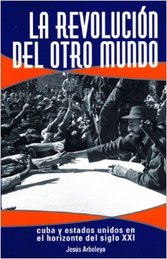
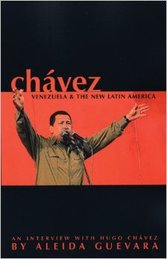
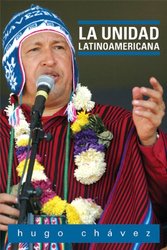
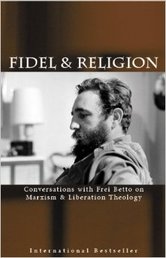
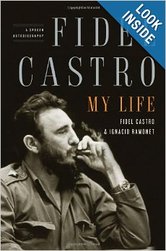
 RSS Feed
RSS Feed
